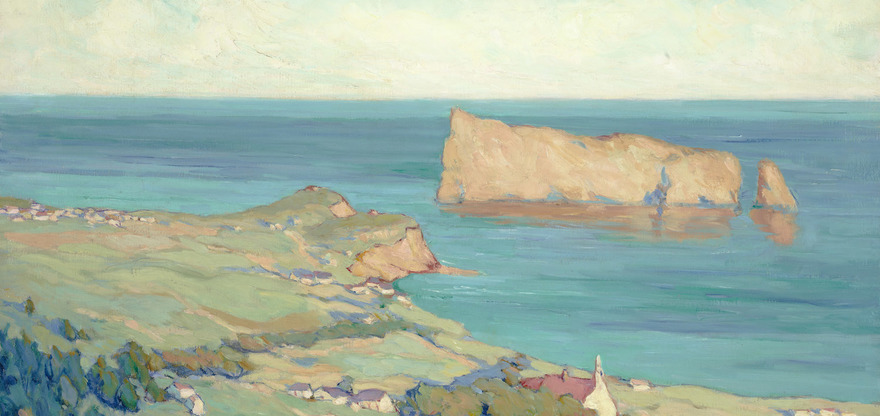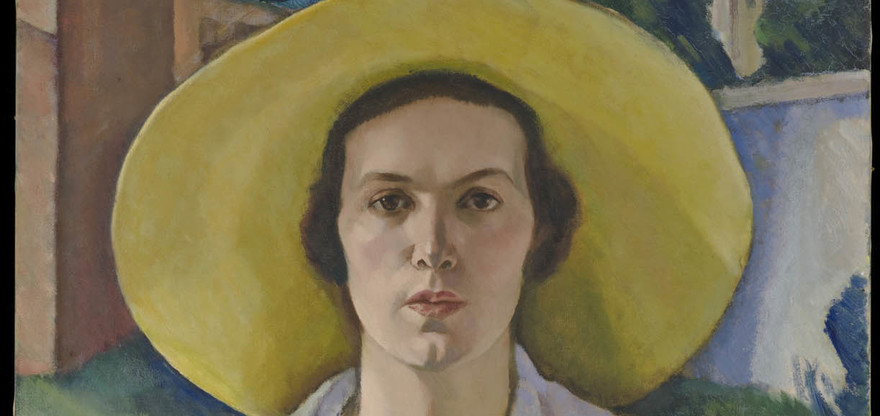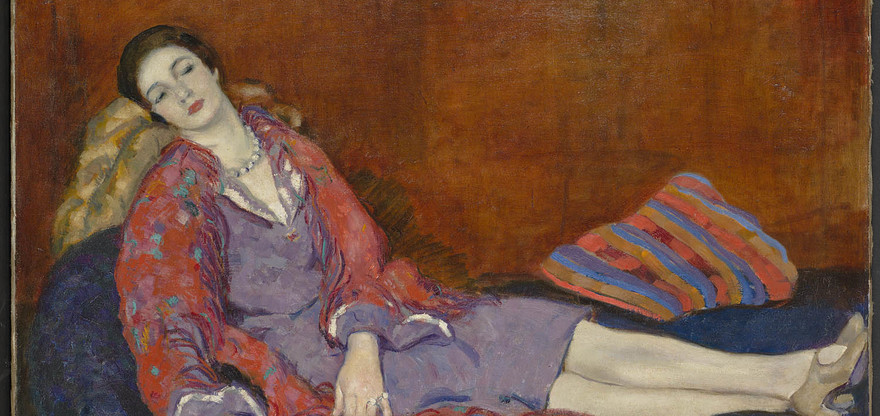social art and modernity
In the first half of the 20th century, challenges to an institutional academicism that had come to be seen as backward looking favoured the emergence of new cultural networks that advocated a conception of art foregrounding visual experimentation and artistic independence. The end of the Great War and the spread of aesthetic ideas by artists back from Europe and by cultural periodicals encouraged ways of thinking that were opposed to nationalism. Calling for a more universal culture, the young people who gathered around the magazine Le Nigog, for example, took the side of the regionalism that was then very much in vogue in Québec art.
From then on, and until the 1930s, both landscape and portraiture underwent a process of formal diversification at the hands of artists who wanted to show the many faces of modernity. Their works bore the stamp of a social realism that reflected their humanist conception of the artist’s task. Living for the most part in straitened circumstances, they cast a new gaze over the city and its working classes. The landscapes, urban scenes and portraits they produced, representing gloomy streets, slums and the unemployed – whose numbers had soared since the crash of 1929 – constitute a unique corpus in the MNBAQ’s collection.
the era of manifestos
In the early 1940s a few exhibitions that included contemporary works indicated that Canada’s major cultural institutions were acknowledging the new artistic currents, notably abstraction. Nevertheless, many artists remained dissatisfied. In Québec, two first manifestos, Prisme d’Yeux and Refus global, were published in February and August of 1948.
Closely associated with Alfred Pellan, Prisme d’Yeux advocated free artistic expression, the rejection of restrictive ideologies and an end to the juries that selected works for exhibitions and thereby denied the general public access to independent painting.
The tone of Refus global, written by Paul-Émile Borduas, was more libertarian and socially engaged. Signed by representatives of diverse fields – the visual arts, dance, psychoanalysis, literature and photography – it presented the views of a multidisciplinary milieu.
The 1955 Manifeste des Plasticiens, drafted by Rodolphe de Repentigny, insisted on the primacy of the visual: form, colour, line and compositional unity, it affirmed, should produce a refined result in which the various elements of painting enjoy full autonomy.
THE RELIGIOUS ART REVIVAL
Many new churches were erected across Québec’s vast territory in the 1920s and 1930s. The trend accelerated, moreover, during the era of renewed prosperity that followed the Second World War. It was accompanied by a growing awareness that the inexpensive plaster ornaments that adorned most of the province’s churches were a very poor substitute for the wood carvings they had replaced.
This led to a veritable revival in religious art, in which a number of modern artists took part, driven by the urge to breathe new life into the forms of religious works and their evangelical message. A large production of paintings and sculptures resulted, often portraying sacred figures as workers or peasants, or making them part of a familiar setting or a local landscape. This artistic renewal emphasized the expressivity and modesty of holy subjects using the simplified forms of contemporary art.






Give us your feedback